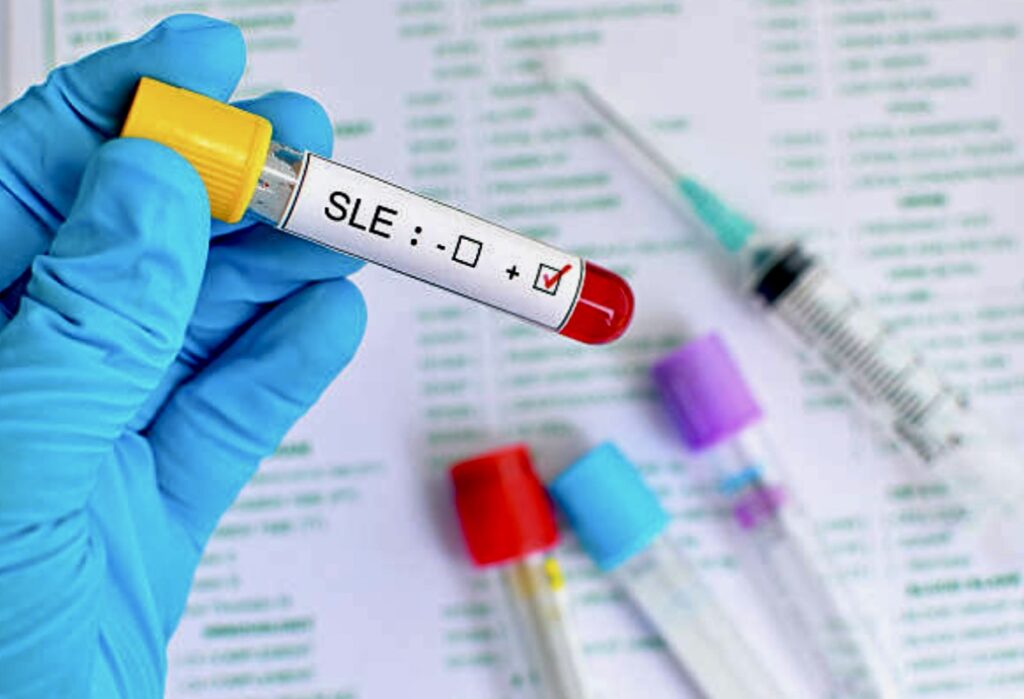Text by Henrylito D. Tacio
Photos: istockphoto.com
“Lupus is a disease that is hard to diagnose and hard to describe,” says Professor Pao Hsii Feng, a clinical professor at the National University of Singapore. “It is not contagious and its cause is still unknown.”
With those words, Prof. Feng has brought us to a disease that exhibits symptoms so vague that doctors are left scratching their heads as test after test fails to detect anything amiss. “What is wrong with my patient?” a doctor may ask himself.
But one thing is certain: Lupus generally affects more women than men – 10 females to 1 male. “Women who are most likely to get lupus are those between the ages of 18 to 50 or those within the reproductive age,” points out Prof. Feng.
Although there are three types of lupus (systemic lupus erythematosus or SLE, discoid lupus, and drug-induced lupus), SLE is the most serious form, and that’s what most people are referring to when they say lupus.
The auto-immune disease was given its name by a 19th-century French doctor who thought that the facial rash of some people with lupus looked like the bite or scratch of a wolf. Lupus is Latin for “wolf,” while erythematosus is Latin for “red.” Systemic means that it may affect many parts of the body, such as the joints, skin, kidneys, lungs, heart, or brain.
“Discoid lupus is descriptive of a characteristic skin lesion which may be found in SLE or may exist independently without any systemic features,” explains Dr. Sandra V. Navarra, co-founder, and adviser of the Lupus Foundation of the Philippines. “Drug-induced lupus can simulate clinical SLE in many ways – but this is triggered by drugs.”
More often than not, people don’t know they have the disease because they don’t know so much about it. As such, actual figures of people with lupus, particularly SLE, are hard to come by. But the Geneva-based World Health Organization (WHO) contends that the incidence of lupus has nearly tripled over the past four decades. That’s the bad news.
But the good news is that ten-year survival rates are now up by 80 to 90 percent, compared to 50 percent in the 1950s. A major factor for this is an earlier diagnosis, resulting in treatment during less severe stages. “This has a positive impact on the prognosis and outcome of the disease,” says Prof. Feng.
Still, the disease is potentially fatal, especially when misdiagnosed and inadequately treated, says Dr. Ratanavadee Nanagara, associate professor in medicine of the Department of Medicine at the Khon Kaen University in Thailand.

And despite its prevalence, “too few people know about lupus or its potentially life-threatening health effects,” laments Dr. Keith Lim, a Malaysian consultant rheumatologist with the Subang Jaya Medical Center in Kuala Lumpur.
“Lupus is dangerous when it involves the kidneys, brain, heart and the blood elements,” warns Prof. Feng. “If you have lupus involving the brain, you may develop fits, depression and other psychiatric symptoms.”
Oftentimes, patients with severe lupus die. “They often die from kidney failure or infection,” points out Dr. Alberto Santos-Ocampo, a Filipino rheumatologist who works at the Straub Clinic and Hospital in Honolulu, Hawaii. “Patients with SLE are prone to infections, because of their abnormal immune system, and because of the immune suppressing properties of the drugs they are given to control their disease activity.”
“Many lupus patients do not experience bad complications and are able to perform their daily activities quite efficiently,” Dr. Navarra adds, “except for some ‘bad days.'”
As lupus is a mimicking disease, “many of its signs and symptoms are commonly seen in other illnesses, including infections and malignancies,” admits Dr. Santos-Ocampo. “In addition, lupus tends to evolve during its initial stages, and may not present with enough features for the clinician to ‘clinch’ the diagnosis.”
That was what happened to Marianne, a 16-year old high school student. One morning, she experienced a terrible headache and was feeling drowsy. Her teachers told her to go home and take a rest. At home, she had an unexplained high fever – which went on for more than four days. When she went back to school, she was no longer the Marianne her friends knew: she was losing weight.
Marianne’s parents didn’t know what was going on with their daughter. Coming from a low-income family, she was not given proper medical treatment. She was brought to the public health hospital and was treated for a few days. Then, she went back to school again.
Days passed, and the teachers noticed that her condition was getting worse. Marianne was experiencing achy and painful joints and having sores in her mouth. At one time, while attending a class, she felt very sleepy.
“There must be something wrong with her,” one of the teachers said. So, they decided to bring her to a hospital and hoped that the student’s life would be saved. “She was very drowsy when I first saw her,” the doctor who treated Marianne recalled. “There was very low platelet count on her blood test and as such it was very risky to have spontaneous bleeding anywhere in her body. If the teachers had not brought her to the hospital, Marianne would have been dead from massive bleeding.”
Over half of the patients with lupus develop a characteristic red, flat facial rash over the bridge of the nose. Because of its shape, it is frequently referred to as the “butterfly rash” of lupus. The rash is painless and does not itch. The facial rash, along with inflammation in other organs, can be precipitated or worsened by exposure to sunlight.
“Sunlight exposure, especially those between 9 in the morning and 4 in the afternoon, triggers the expression of lupus as well as aggravates the disease,” says Dr. Navarra. She cites the case of the 21-year-old patient, who developed an unexplained fever for almost a week and unusually bad sunburn after a beach holiday in Boracay. Then, she experienced persistent, extreme fatigue and weakness for days even after six to eight hours of restful night-time sleep.
Most lupus patients, however, develop arthritis at some time during the course of their illness. Arthritis in systemic lupus commonly involves swelling, pain, and stiffness of the small joints of the hands, wrists, and feet. Sometimes, lupus arthritis can mimic that of rheumatoid arthritis (another auto-immune disease) but is not as destructive.
Elsa, a 26-year-old female executive, did not only experience joint pains, but she was also having some breathing difficulty and was losing her hair. Likewise, her legs were swelling. “These symptoms are not unusual for a person having lupus,” Dr. Navarra says.
Since patients with SLE can have a wide variety of symptoms and different combinations of organ involvement, no single test establishes the diagnosis of lupus. This is the reason why lupus is hard to diagnose.
“A combination of symptoms is suggestive of lupus if other causes, including infection and malignancy, have been ruled out,” Dr. Santos-Ocampo says. “Diagnosis is usually done by taking a history of the patient and doing a full physical examination. The diagnosis is then confirmed by taking blood tests,” says Prof. Feng.
Since it takes time to diagnose someone having lupus, it may be too late to treat the disease once diagnosed. “We can control lupus, but not cure it,” admits Dr Santos-Ocampo. Prof. Feng also says, “In its early stages, lupus is a treatable disease. However, if proper treatment is delayed then it can be fatal.”
As such, Prof. Feng recommends, “It is important for patients with lupus to see a doctor experienced in the treatment of the disease. Since lupus is a chronic condition characterized by exacerbation and remission, patient compliance is very important. This means patients must be well educated with regard to the disease.”
“Once diagnosed with lupus, I determine any internal organ involvement and the severity of involvement,” says Dr. Navarra. “These will influence the form of individualized therapy the patient will need.”
A variety of drugs are used, depending on how lupus manifests itself. “Controlling lupus is a more realistic goal than curing it,” says Dr. Santos-Ocampo.
“Never try untested remedies,” warns Dr. Lim. “I have seen many patients who come to see us too late because they were using alternative forms of treatment. By that time, the disease has already done its worst course in the body.”
For those with lupus, Prof. Feng suggests: “Learn as much as you can about the disease. Learn as much as you can about your medications, too – both its good effects and side effects. Be an active partner with your doctor in managing the disease.”

